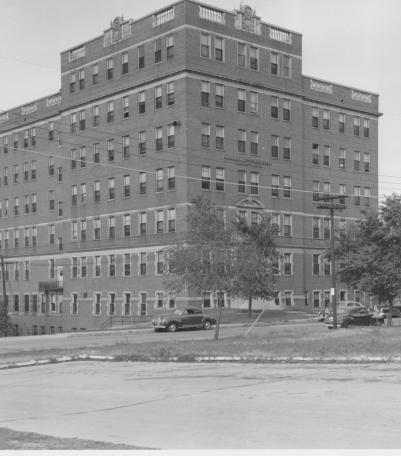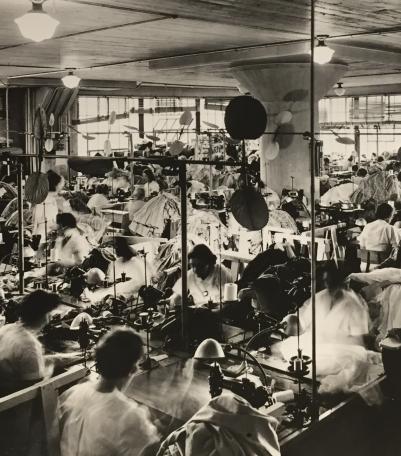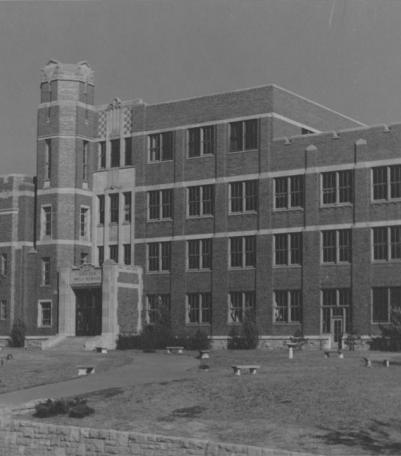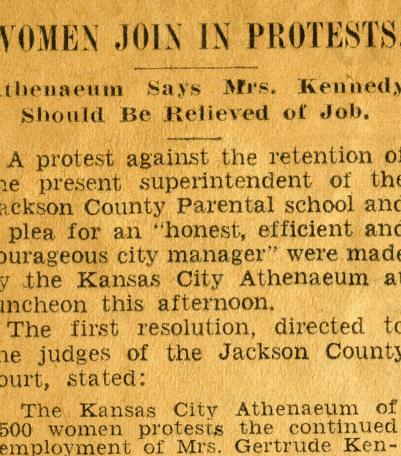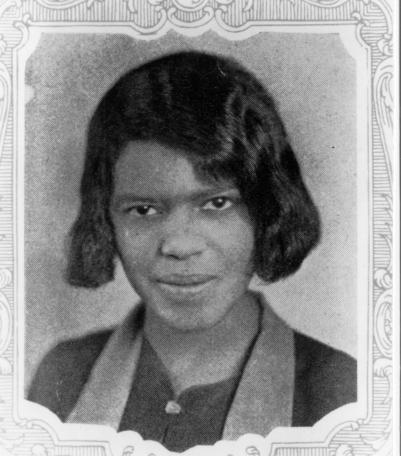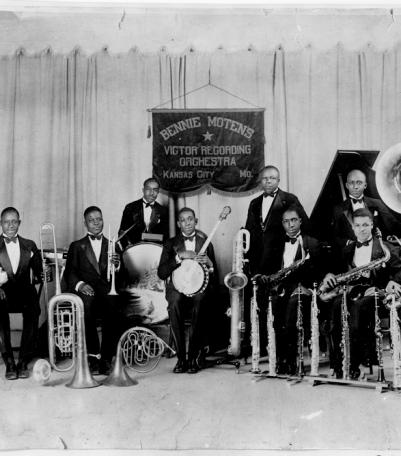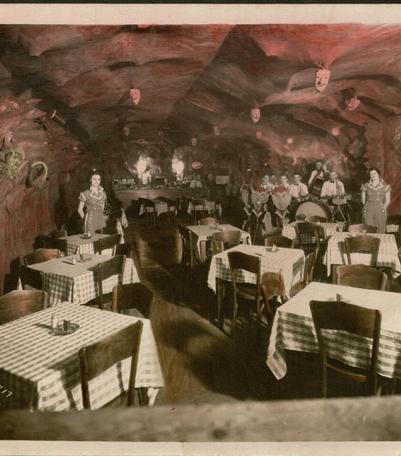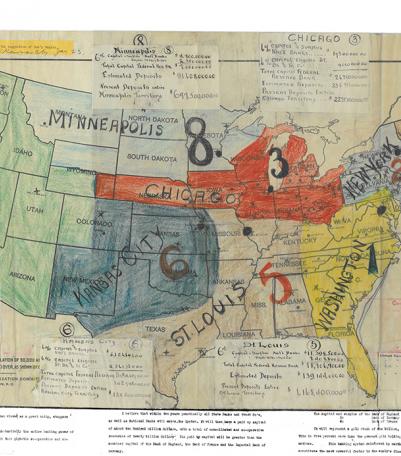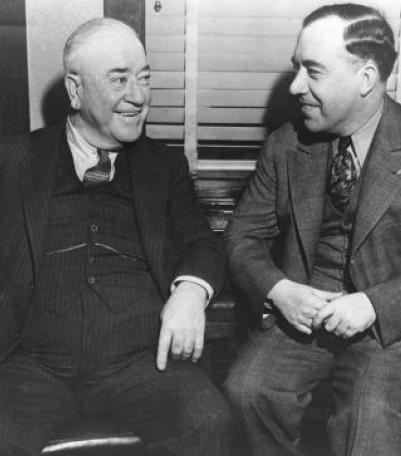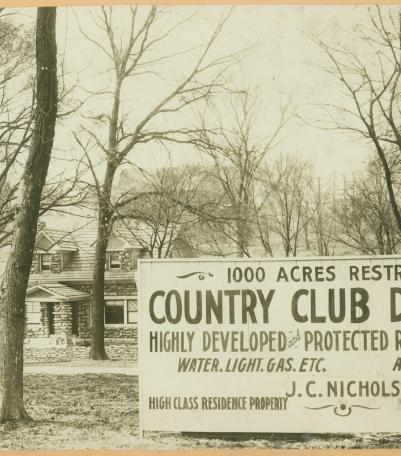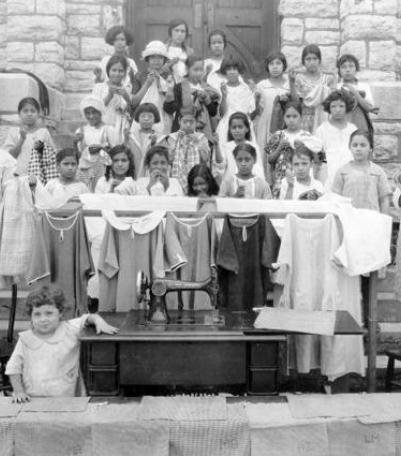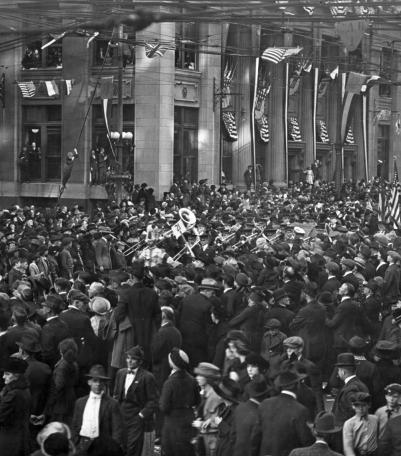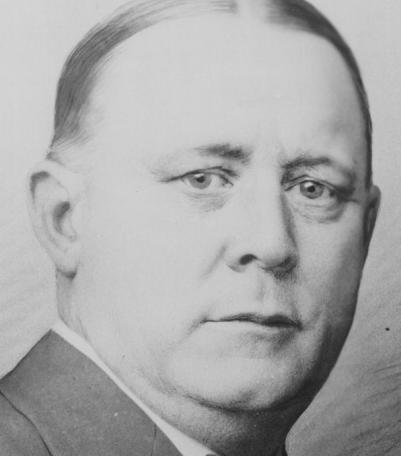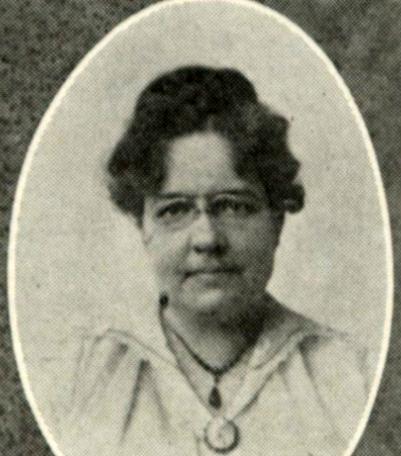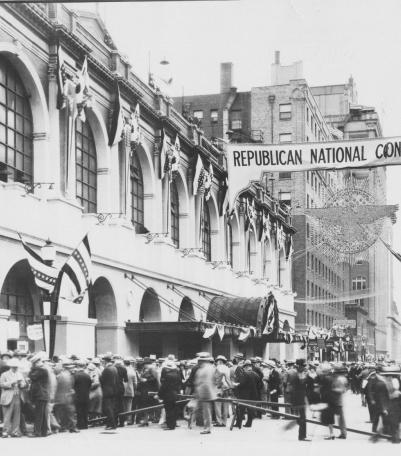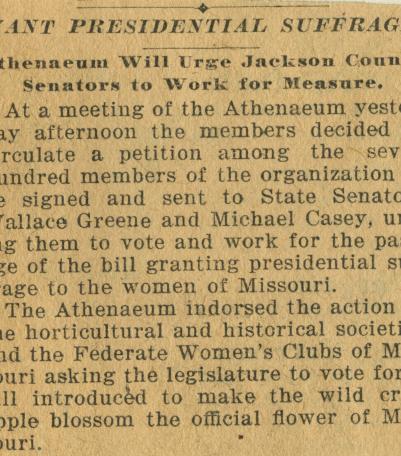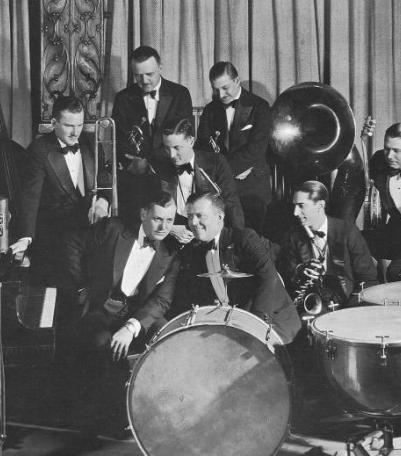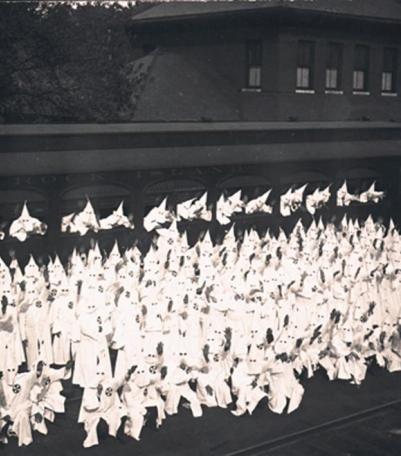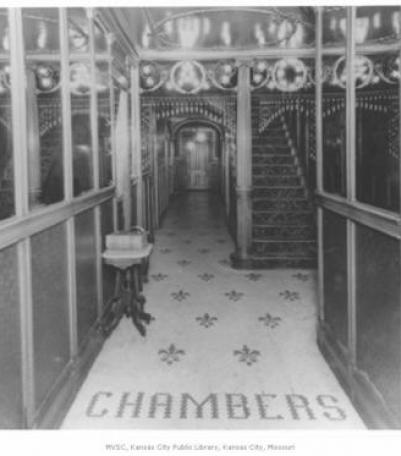Articles
This body of original scholarship is drawn from a partnership with the Center for Midwestern Studies at the University of Missouri-Kansas City (UMKC), which placed scholars in conversation with one another in a peer review workshop and in a public symposium held at the Kansas City Public Library in the spring of 2016. The article authors come from a variety of backgrounds, including universities, libraries, museums, and archives. Many of the articles listed here can also be found in a longer, footnoted format in the volume Wide Open Town: Kansas City in the Pendergast Era.
